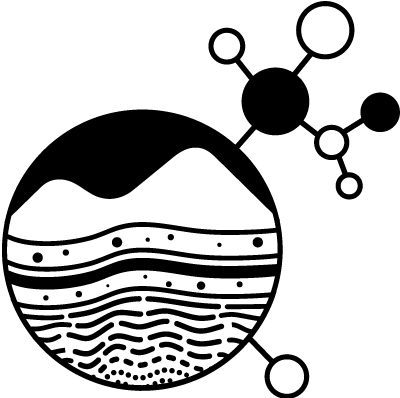The following questions were submitted by participants during the Introduction to the IGSN Webinar on March 27, 2013.
March 2013
Q: will you be posting these slides (and webinar recording) to the EarthCube site? It’d be a great resource.
A: Yes, we plan to post the slides and recording, at our Zenodo.
Q: Can anyone define a user name space?
A: Yes, anyone who signs up for a GeoPass account and then logs in to SESAR² is able to define a 3-character/digit name space.
Q: Once I have set up a name space, can collaborators working on the same project use the same name space?
A: We have some examples where that happens now, they use a shared log-in username.
Q: Can an IGSN be assigned to a thin section?
A: Yes, and it has been done!
Q: 1) Can mineral separates be linked to rocks from which they were obtained by IGSN? 2) Would a sample powder have the same IGSN as the whole rocks from which it was derived?
A: Yes, they can be linked. And there would be two IGSNs, one for the powder and one for the rock (parent sample). Publications should use the parent IGSN.
Q: Will temporal searches be possible?
A: Search by geological age will be possible, currently there is not that information entered for all samples, so search results will be incomplete.
Q: We can keep our data private up until some point where we decide to make it public, right?
A: You can control the visibility and searchability of your sample metadata by setting sample metadata release dates. SESAR² strongly recommends that sample metadata become available immediately upon sample registration or within two years of registration.
Q: WIll it detect duplicate IGSN numbers automatically if we enter the number ourselves?
A: Yes, the system will check for existing IGSNs and will not allow a duplicate IGSN.
Q: If I had, say, stable isotope data associated with my samples or lithologic info, I’m assuming I would have to upload these data, connected to the IGSN, on some other site, right?
A: Yes, analytical data will go into databases for analytical data. It could technically be added, but that is not the main use of SESAR², which primarily is a sample registry that links to many other sources.
Q: Is lat/long, decimal degrees the only location format you’ll accept, or is UTM acceptable?
A: SESAR² now accepts UTM coordinates, which must be accompanied by UTM zone. SESAR²’s geospatial search is driven solely by latitude and longitude, so samples that do not have latitude and longitude will not be discoverable in a geospatial search of SESAR² regardless of whether UTM coordinates have been entered. There are a number of online tools available to convert UTM to latitude and longitude (WGS84 geodetic datum is expected in SESAR²).
However, SESAR²’s geospatial search is driven solely by latitude and longitude so if only the UTM coordinate system is used, the samples will not be discoverable in the geospatial search. There are a number of online tools available to convert UTM to WGS84.
Q: Do I have to register all my samples before using it in publications so that I can create that link.
A: Yes! It should show up in the registry before it is used in publications.
Q: IGSN serve as a database to keep digital information of samples, right?
A: Correct, it is a registry of samples, with associated metadata (description, files, links)
Q: How many samples are required for registration at IGSN?
A: You can start with just one sample! You can log in and look around without any samples.
Q: Does the IGSN also produce the unique QR code that we can use in our own systems with, and independant of, the IGSN database
A: Yes, the QR code resolves to the URL of the metadata profile.
Q: Would personal initials be good for a name space? Or institutional initials?
A: Depending on your specific case, either of those options would be fine.
Q: Can you search by rock formation name?
A: Not yet. There is a metadata field for Geological Unit, but it is not popularly used.
Q: If you pre-register more IGSNs than you end up collecting, what happens to the empty IGSNs?
A: You should contact us in this situation for a case by case evaluation! It is possible they can be used in the future.
Q: Will you be reaching out to non-Elsevier journals?
A: Yes, absolutely. We started with Elsevier because they had the capability to link to our database. We definitely plan to expand more broadly. If you are an editor, please promote the IGSN!
Q: Do you anticipate assigning IGSNs in the field or only in the lab?
A: Both the field and the lab are appropriate for assigning IGSNs.
Q: Can a sample ever be deleted from SESAR²?
A: It should not. Once an IGSN is issued, it should not go away. There is the functionality to request deletion of a sample (if it was a test, or a mistake), this is handled on a case-by-case basis.
Q: How do you physically attach the QR codes and SESAR² number to rock samples?
A: You could put the sample label on the bag. The IGSN itself is purposely short so that it will fit on a sample. From a participant: We’ve epoxyed our IGSN labels to our samples.

